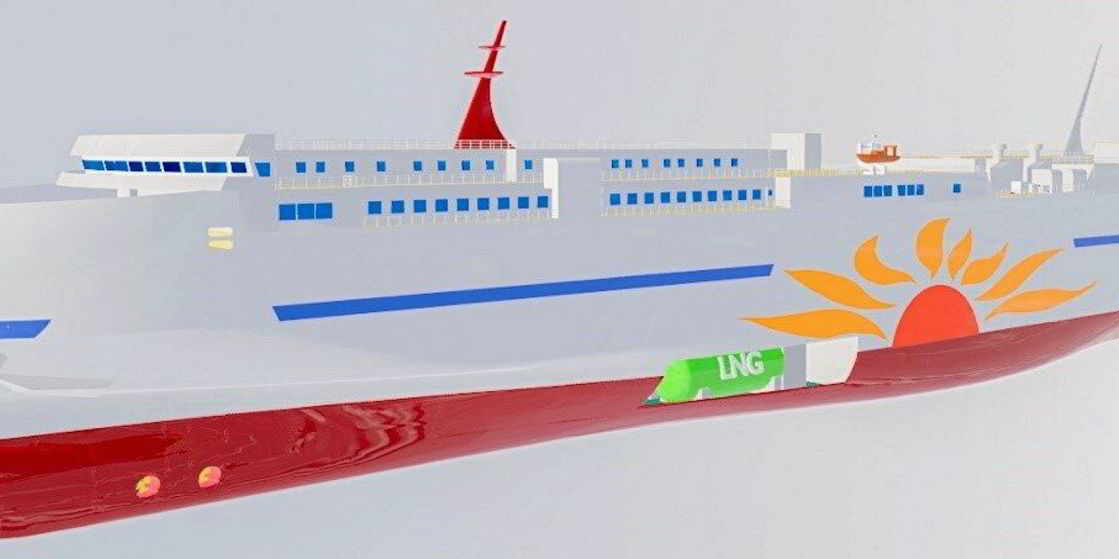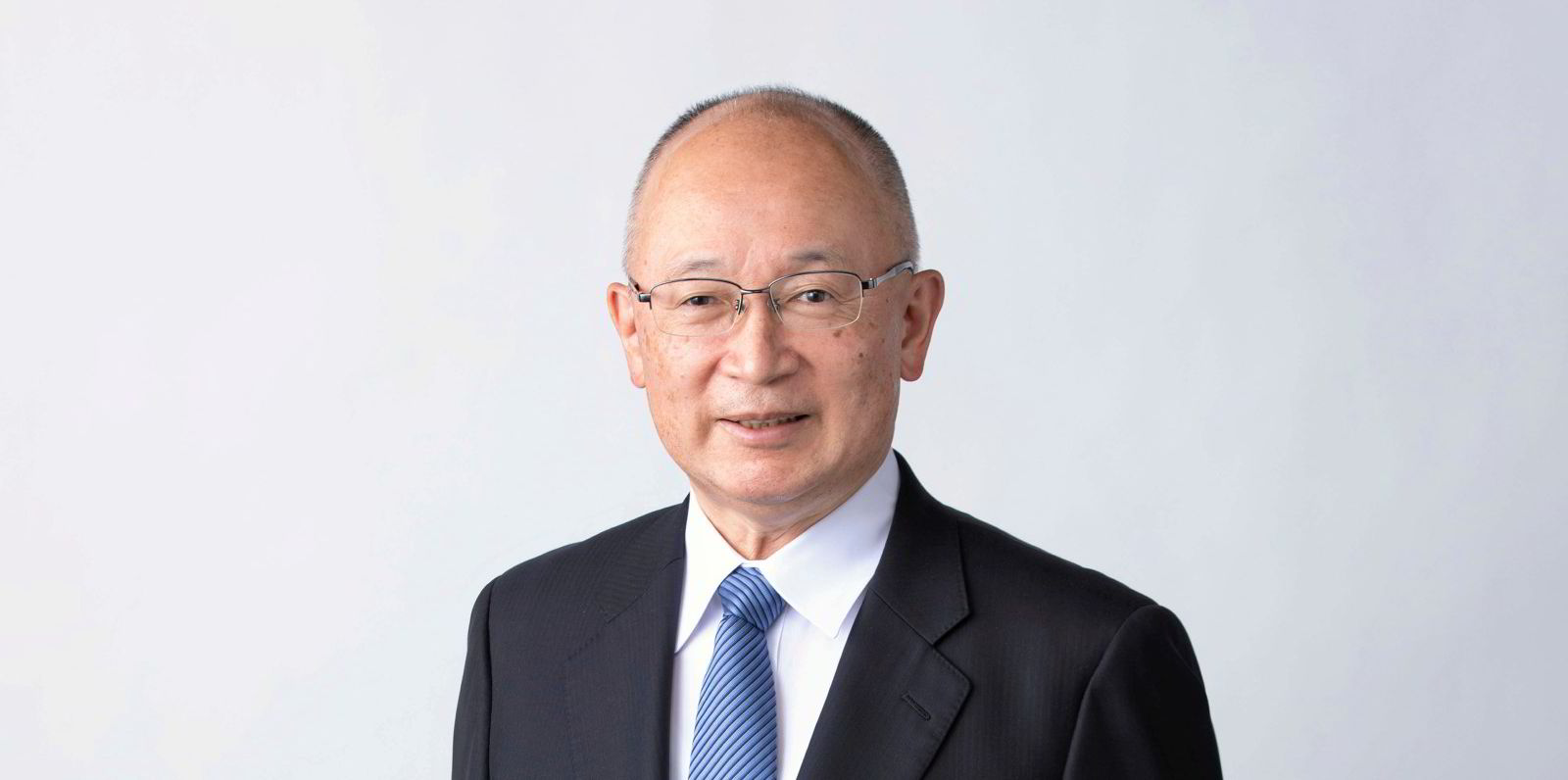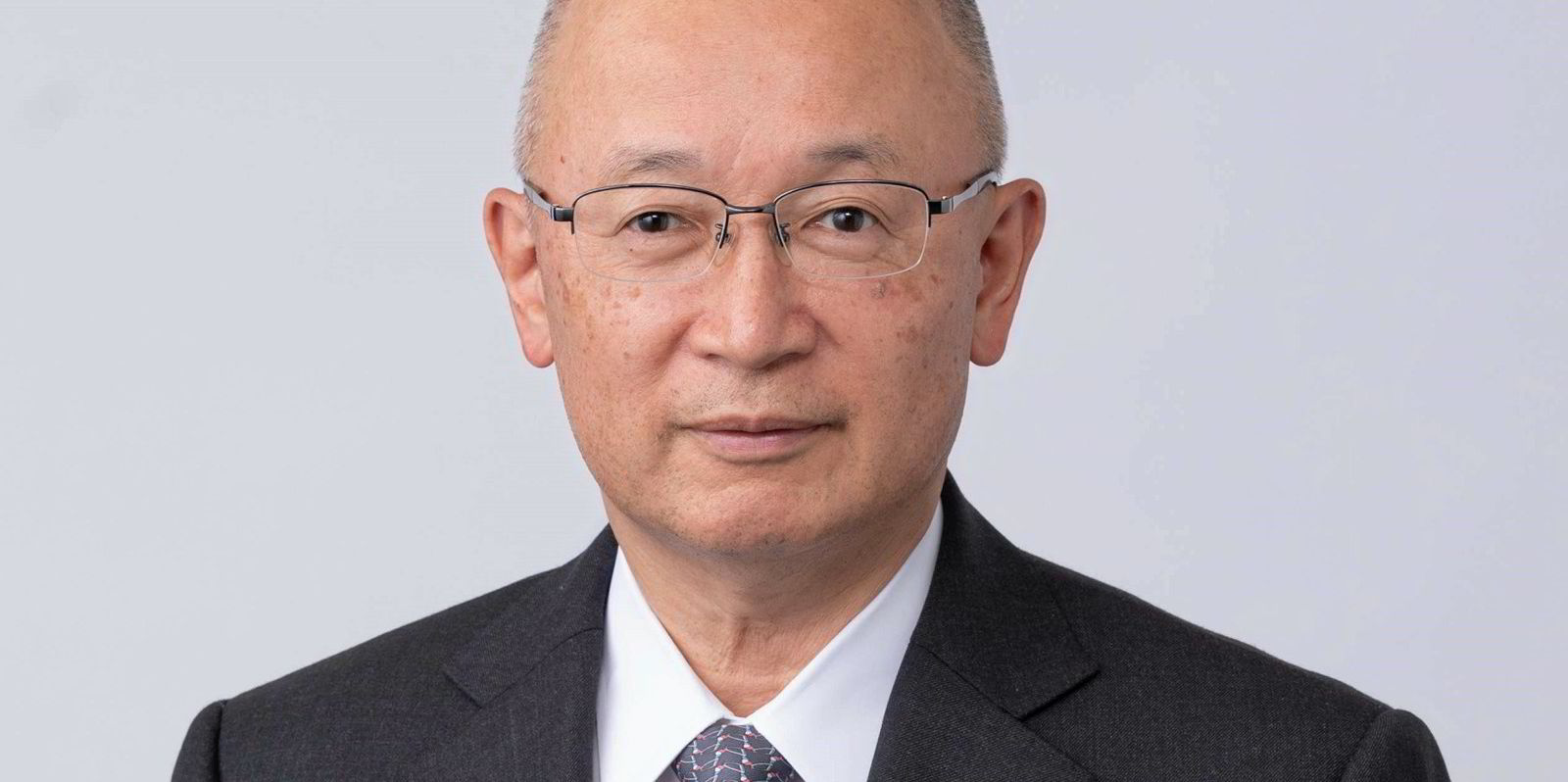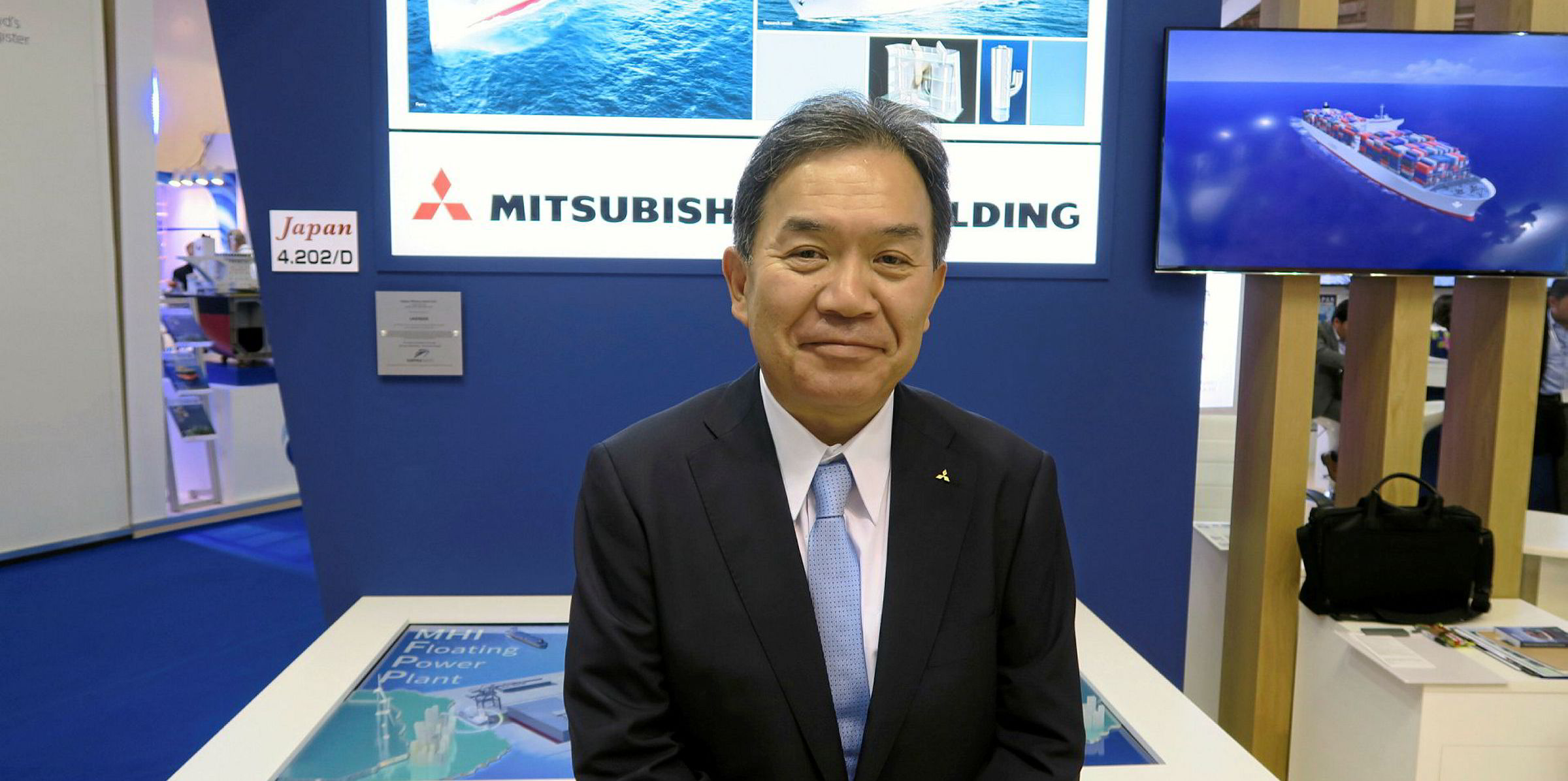Japan's Mitsui OSK Lines has placed an order for two cutting-edge LNG-powered ferries with domestic shipyard Naikai Zosen.
The 15,600-gt vessels will be equipped with two LNG dual-fuel main engines, are slated for delivery in 2025. No price has been disclosed.
MOL said the newbuildings will be replace the Mitsubishi-built 11,401-gt Sunflower Daisetsu and Sunflower Shiretoko (both built in 2001). The duo is currently operated by MOL Ferry on the Oarai-Tomakomai route.
MOL said the ferry newbuildings have an overall length of 199.4 metres and have the capacity to load 155 trucks, 50 vehicles and 157 passengers.
Designed jointly by MOL, MOL Techno-Trade and Akishima Laboratories (Mitsui Zosen) Inc, the ship is shaped to reduce wind pressure from the bow and sides.
“It smooths out the wind flow and uses lift force received from diagonal headwinds to help propel the ship. This utilises the characteristics of ferries operating at high speed,” said MOL. “These ferries will be also equipped with high-performance, high-efficiency engines.”
It added that energy-saving devices developed by Naikai Zosen have been incorporated to further reduce CO2 emissions by about 35% in comparison with ferries currently in service.
MOL was the first shipping company in Japan to order LNG-fuelled ferries. In 2019, it contracted Mitsubishi Heavy Industries to build two 17,300-gt vessels, each with the capacity to carry 763 passengers.
The pair of LNG-fuelled ferries — to be named Sunflower Kurenai and Sunflower Murasaki — are scheduled for delivery next year. The duo will replace the 9,245-gt Sunflower Ivory (built 1997) and Sunflower Cobalt (built 1998).
The MOL group has set a target to achieve net-zero greenhouse gas emissions by 2050 under the “MOL Group Environmental Vision”.
It said it is promoting the adoption of LNG fuel through development and advancement of an LNG fuel supply system in Japan and overseas. It plans to launch about 90 LNG-fuelled vessels by 2030 as an initiative to introduce clean alternative fuels.
A shipyard that specialises in building ro-ro and ropax vessels, Naikai Zosen has developed an energy-saving device called the “Spray Tearing Plate”, which will be installed on the new ferries to further boost energy efficiency.
MOL's two ships are the first LNG-powered ferries for the Japanese shipyard that aims to win additional orders for similar coastal ferries and ro-ro ships.
Clarksons’ Shipping Intelligence lists the Innoshima yard as having three passenger ferries/ ropaxes and one ro-ro newbuilding on its order book, while the larger Setoda shipyard is constructing three ferries for delivery in 2022 and 2023.






